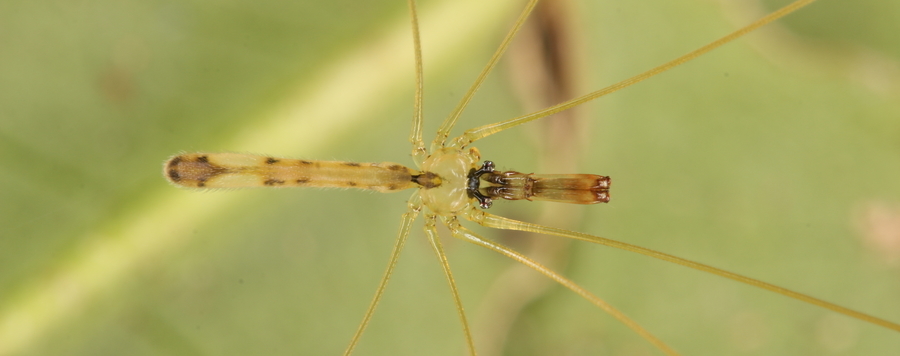
Filling the gaps
This paper provides formal descriptions of some of the unnamed taxa that were included in the most recent molecular phylogeny of pholcid spiders (Eberle et al. 2018, BMC Evolutionary Biology, 18, 141). The focus is on new genera and on species that belong to recently revised genera. Eight new genera and 25 new species are formally described. In Arteminae, three new species are described in Artema Walckenaer, 1837: A. bahla sp. n., A. ghubrat sp. n., and A. dhofar sp. n. (all from Oman); five new species in Arnapa gen. n. (eastern Indonesia and New Guinea): A. arfak sp. n., A. tinoor sp. n., A. manokwari sp. n., A. meja sp. n., A. tolire sp. n.; and one new species in Chisosa Huber, 2000: C. caquetio sp. n. (Netherlands Antilles). In Ninetinae, three new monotypic genera are described: Pemona gen. n., with the type species P. sapo sp. n. (Venezuela); Pinocchio gen. n., with the type species P. barauna sp. n. (Brazil); and Magana gen. n., with the type species M. velox sp. n. (Oman). In Modisiminae, three new species are described in Chibchea Huber, 2000 (all from Brazil): C. amapa sp. n., C. santosi sp. n., and C. hamadae sp. n.; one new species in Psilochorus Simon, 1893: P. bromelicolus sp. n. (Brazil); and three new monotypic genera, all from Brazil: Arenita gen. n., with the type species A. fazendinha sp. n.; Kairona gen. n., with the type species K. selva sp. n.; and Saciperere gen. n., with the type species S. catuaba sp. n. In Pholcinae, a new monotypic genus is described: Giloloa gen. n., with the type species G. sofifi sp. n. (Indonesia); three new species in the genus Aetana Huber, 2005 (all from Indonesia): A. ternate sp. n.; A. mokwam sp. n.; A. ondawamei sp. n.; and two new species in the genus Panjange Deeleman-Reinhold & Deeleman, 1983 (both from Indonesia): P. thomi sp. n., and P. togutil sp. n.
Artema ghubrat is a cave-dwelling species and the only (slightly) troglomorphic representative of Arteminae; A. dhofar is presumably the closest known relative of the pantropical and synanthropic A. atlanta. The new genus Arnapa is probably species rich in eastern Indonesia and New Guinea but poorly collected; its morphological delimitation from other Australasian Arteminae (Wugigarra Huber, 2001; Holocneminus Berland, 1942; Trichocyclus Simon, 1908) needs further study. Arnapa nigromaculatus (Kulczyński, 1911) comb. n. is newly transferred from Psilochorus. Pemona sapo is the first representative of Ninetinae from Venezuela. The genus Chibchea, previously known from the Andes only, is for the first time recorded from Brazil/lowland Amazonia. Arenita fazendinha is among the few species in Pholcidae with extremely reduced procursus and barely modified male chelicerae. Kairona selva is unique among Pholcidae for its brush of strong hairs on a median horn anteriorly on the ocular area. Saciperere catuaba is one of only two pholcid species currently known to occur both in the Amazon and in the Atlantic Forest; however, variation indicates that more than one species might be included. It is among the few spiders known to have asymmetric genitalia (antisymmetric female internal genitalia). The Brazilian Psilochorus bromelicolus is the first South American Psilochorus of which both sexes are adequately described; however, the assignment to Psilochorus is tentative. Aetana ternate has extremely elongated procursi and accordingly elongated female internal genitalia. Aetana ondawamei and A. mokwam have almost identical male pedipalps and chelicerae (except for size) but differ clearly in the female genitalia.





